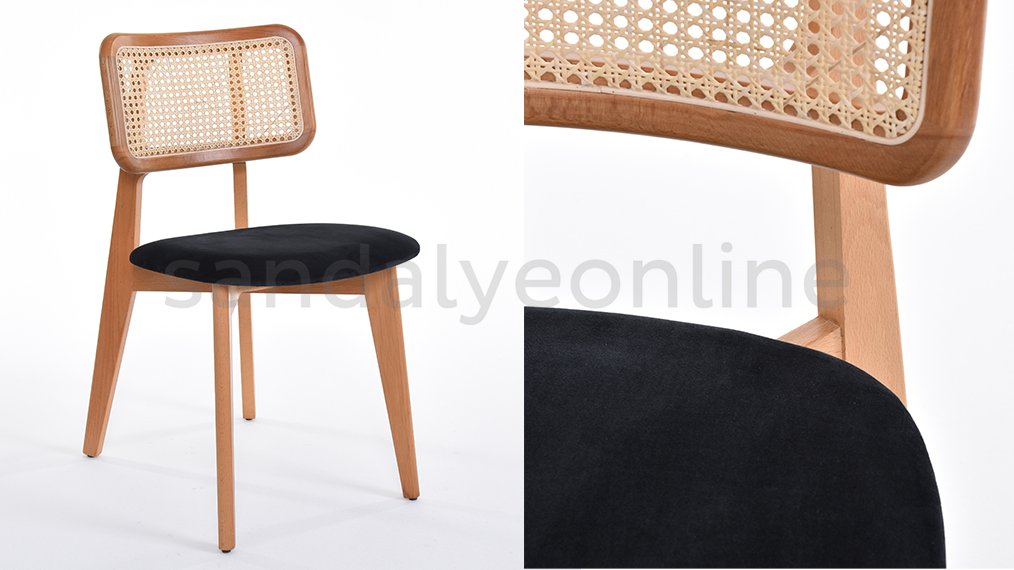Overview of Hazeran Style

Overview of Hazeran Style
Hazeran chair models are an appreciation of the art and craftsmanship of reed weaving. Interior decoration becomes natural with lace-up cane straps in a different pattern. A woven bed that is art or an upholstered chair with panels has a different feel.
Crafted from peeled bark/skin (an ivy plant commonly found in Indonesia), natural reed with a distinctive pattern acquires a gorgeous yellow color during the drying process. Durable and lightweight, the added benefit beyond its design is high heat or the ability not to bend or crack from moisture.
It has certainly become indispensable in warmer climates. Interestingly, the "skin" of the bark is cut into "reed strips" of the same width and depth. The strips are called "shell". The "cane" processed into thin strips is not just for weaving seats and chair backs. It is also used as a "Tie Stick" to "wrap" the arms and legs of furniture.

To summarize, the material is called “ Reed .” It is called process or art. " Canned " and the product is called " Canned Furniture".
Hazeran Chair Weaving Techniques
Caning is an ancient form that originated as basket material that Egyptian Pharaohs would own and use.
It is a weaving technique. Light and airy, perhaps even today, the inclusion of this natural element in Europe, which reveals the historical distinction, went back to the 1600s.

Reed furniture first appeared in the Netherlands, England, and France in the 1600s due to trade with Asia. As a style that remained popular during the Jako I period of the 19th century, American and European craftsmen included the Hazeran chair in handmade and interior furnishings.
The revival of the Regency style led to an increase in the number of furniture pieces using canes. Berger chairs would also become popular with cane backs and side panels. Classic and elegant elements of interior design. 19. century, as both countries had colonies in Indonesia and India. " Cane " furniture is said to be associated with Dutch and English Colonial furniture.
Country Inspirations
Hazeran chairs gained popularity in America around 1820 with the advent of industrialization and the dawn of factory-made furniture. After the war of 1812 paired with economic independence from Great Britain, the beginning of American expansion was met with a rapidly growing population.

In addition, new technologies and industrialization created wealth and a widespread middle class . It is believed that the ease of manufacture of a cane-based (requiring less wood) spindle and dowel chair provided a solution to meet supply and demand. production resulted in the creation of an armchair “ summer own industry ”.
Manufacturers replaced handmade weaving with machines. Unfortunately, the craftsman began to die at the hands of industrialization. By producing machine woven reed in sheets like woven fabric, the reed sheets were glued to a groove on the edge of a seat, rather than the ratchet system that supported the hand woven reed.
By 1900, all American furniture manufacturers began using machine-woven cane for chair bottoms in all of their furniture styles. However, you may still be able to order handmade chairs online.

